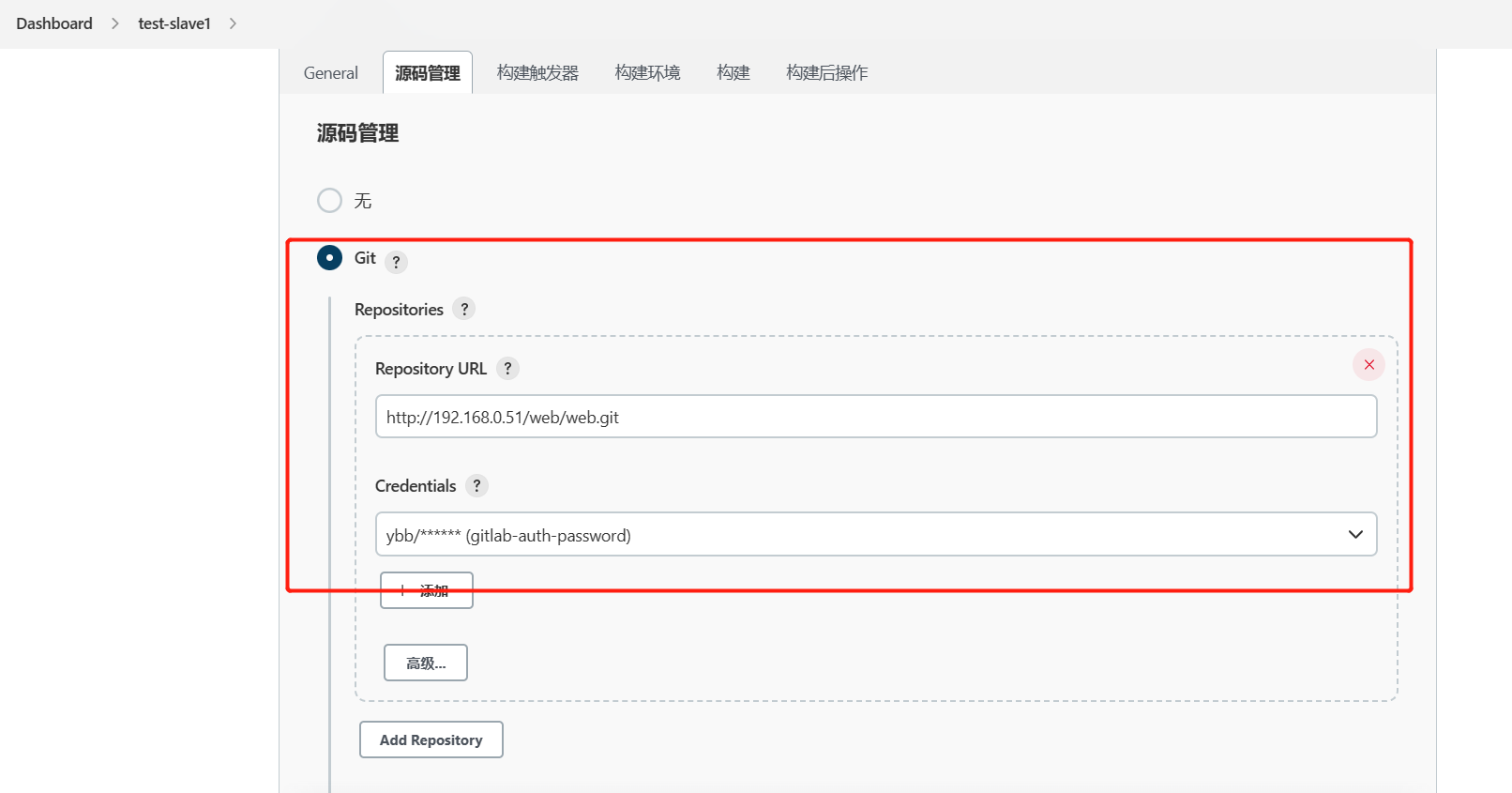
The point is, this is accomplished through conventions rather than being hardwired into the VCS itself.

For example, by simply designating one Git repo as the “central” repository, it’s possible to replicate a centralized workflow using Git. Of course, there’s nothing stopping you from giving certain Git repos special meaning. Instead of checking a working copy into SVN’s central repository, you push or pull commits from one repository to another. Whereas SVN depends on the relationship between the central repository and the working copy, Git’s collaboration model is based on repository-to-repository interaction. This makes collaborating with Git fundamentally different than with SVN. Unlike SVN, Git makes no distinction between the working copy and the central repository-they're all full-fledged Git repositories.
Difference between clone repo and init repo in gitkraken code#
It’s important to understand that Git’s idea of a “working copy” is very different from the working copy you get by checking out code from an SVN repository. Once a developer has obtained a working copy, all version control operations and collaborations are managed through their local repository. Like git init, cloning is generally a one-time operation.

If a project has already been set up in a central repository, the git clone command is the most common way for users to obtain a development copy. Purpose: repo-to-repo collaboration development copy This page will explore more complex cloning and configuration scenarios. On the setting up a repository guide, we covered a basic use case of git clone. Using shallow options to partially clone repositories.In this page we'll discuss extended configuration options and common use cases of git clone. git clone is a Git command line utility which is used to target an existing repository and create a clone, or copy of the target repository.

Here we'll examine the git clone command in depth.


 0 kommentar(er)
0 kommentar(er)
